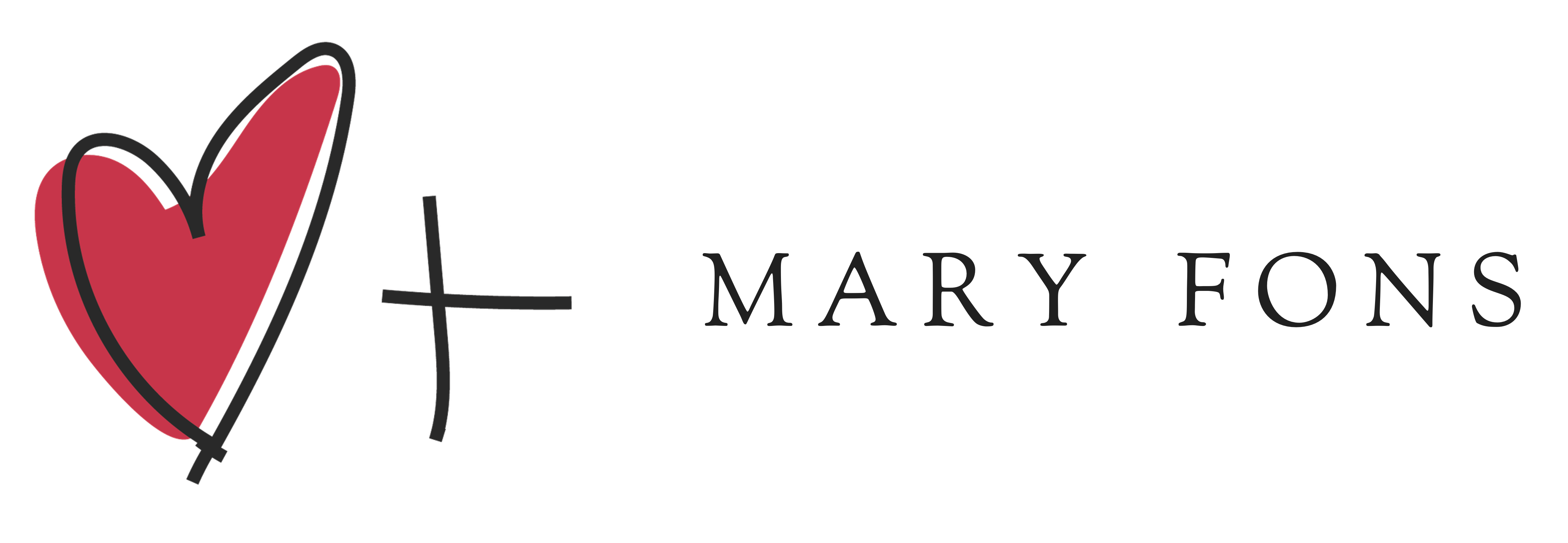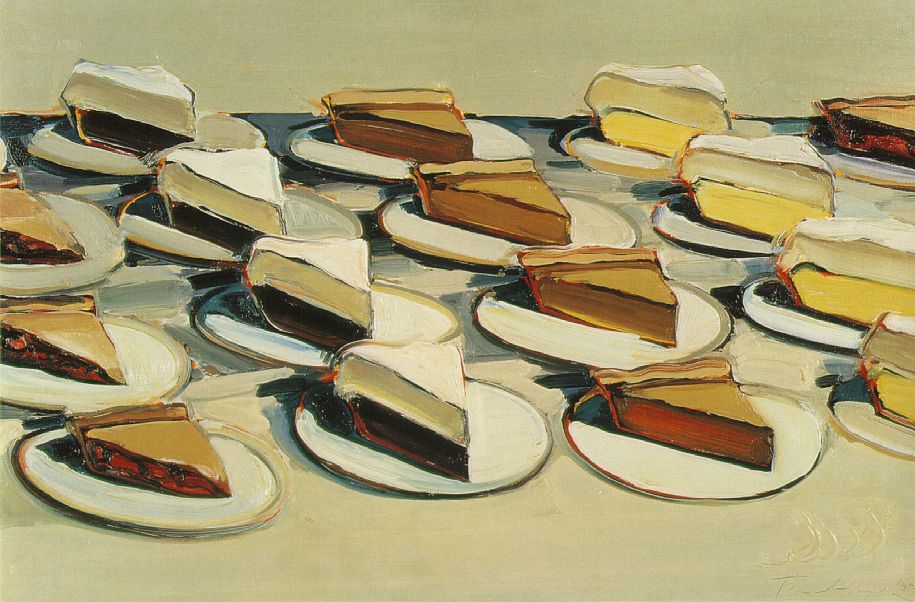
Yuri and I went to the Whitney Museum yesterday for the Jeff Koons retrospective. We loved every second of it. If you are in New York now or will be between now and October 29th, I urge you to see the exhibit yourself.
Maybe don’t take your kids if they’re under thirteen or fourteen. There are a few moment of technicolor nudity writ real large in the show and that could be disturbing for a kid, I suppose (probably more so for the adult who has to answer the inevitable questions, e.g., “Why are that man and that woman stuck together like that, Mommy? Is she crying?”, etc.) But there’s so much that a child would absolutely go nuts for, though — the giant pile of clay, the inflatables, etc. — it’s painful to actively dissuade families. Maybe just skip the fourth floor of the show where all the porny stuff is?
Here’s what the Whitney says about Koons:
Jeff Koons is widely regarded as one of the most important, influential, popular, and controversial artists of the postwar era. Throughout his career, he has pioneered new approaches to the readymade, tested the boundaries between advanced art and mass culture, challenged the limits of industrial fabrication, and transformed the relationship of artists to the cult of celebrity and the global market.
That means he’s really cool, he’s super smart, and his art is very, very expensive. A lot of people cannot stand Jeff Koons (or his art) for those very reasons. Koons haters have long hauled out the tired, meaningless, “That’s not art,” defense, or — worse because it’s incorrect — they’ll sniff, “I could do that.” You couldn’t. Neither could I. You could make your art. And I could make my art. But Jeff Koons’s yacht-sized balloon dog (or the glorious, exuberant, first version of “Puppy,” made of 20,000 live flowers, which wasn’t at the show because it was an installation in a castle in Germany in 1992) is his art and I, for one, think it’s marvelous.
The “readymade” that they reference in the Whitney bit is the Warhol thing of taking a box of Brillo pads, for example, and putting it literally on a pedestal and saying, “This is art.” Now, Warhol got that from Marcel Duchamp, who did it first: Duchamp was a koo-koo-krazy Dadaist who put a ceramic urinal on a pedestal, signed it “R. Mutt,” and sat back to see what the art world would do. That was in 1917 and art has not been the same since. Plenty of folks (then and now) wished art would go back to nice, simple paintings, but that is silly because there has always been transgressive art. Gericault’s The Raft of the Medusa, Manet’s Olympia — today, these paintings are downright tame (albeit beautiful and kinda creepy in their respective ways) but when they were unveiled, they were not. People lost their minds and said the world was going to hell in a handbasket. Under the sun, there is nothing new for us. You do get that, right? I am reminded all the time.
If you want nice simple paintings, you can get them. Boy, can you get them. But for those who want their art to reflect back the world as it truly feels — fractured, splintered, beautiful, hilarious, ridiculous, frightening, etc. — we need our Koonses, our Duchamps, and our Warhols for sure. The Koons exhibit reminded me that the world is all of the things I think it is, but more, so much more than that as well: more frightening, more beautiful, more unknowable. It did precisely what art is supposed to do.
And you know, boobs and plastic and stuff.
**Editor’s Note: The title of this post is a line from a Lady Gaga song. Gaga’s latest album, “ARTPOP”, features cover art by Jeff Koons. I have listened to that album so many times, my iTunes is like, “Oh for heaven’s sake… REALLY?? AGAIN with the Gaga???”

